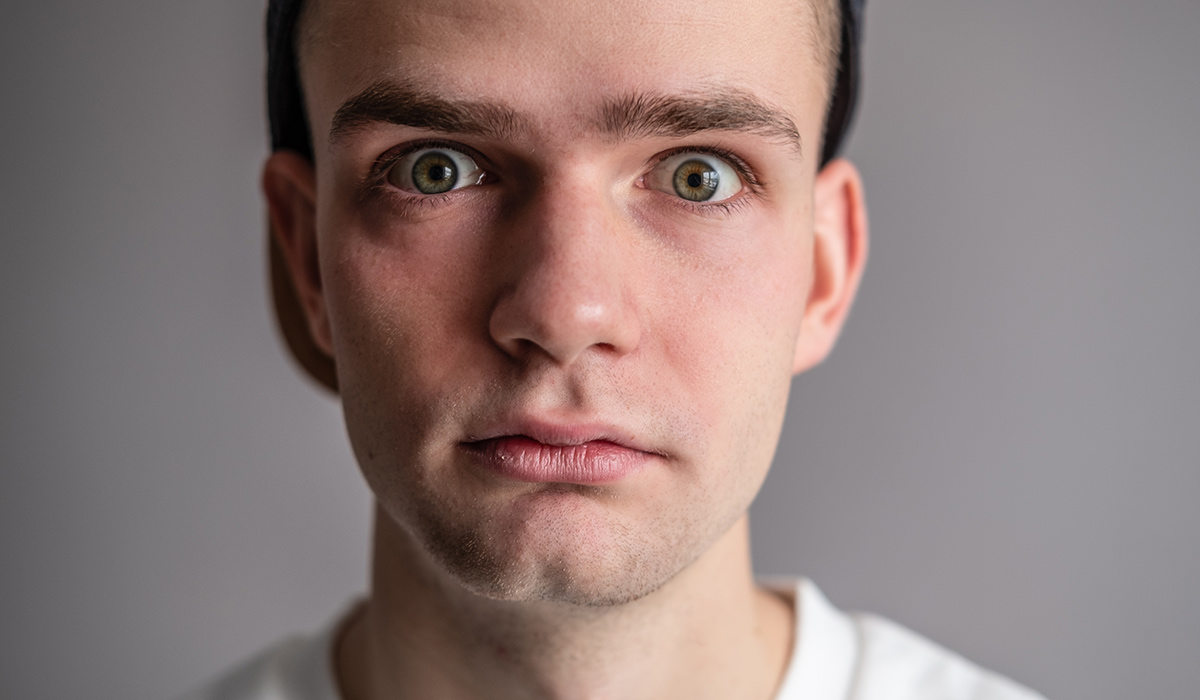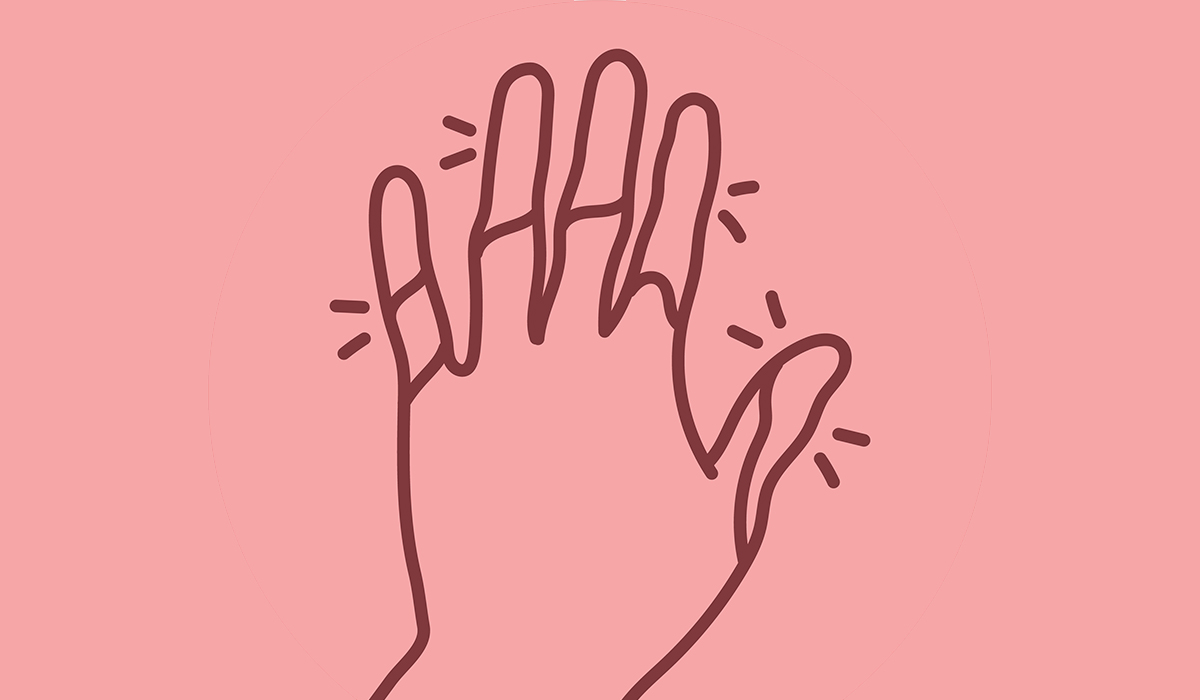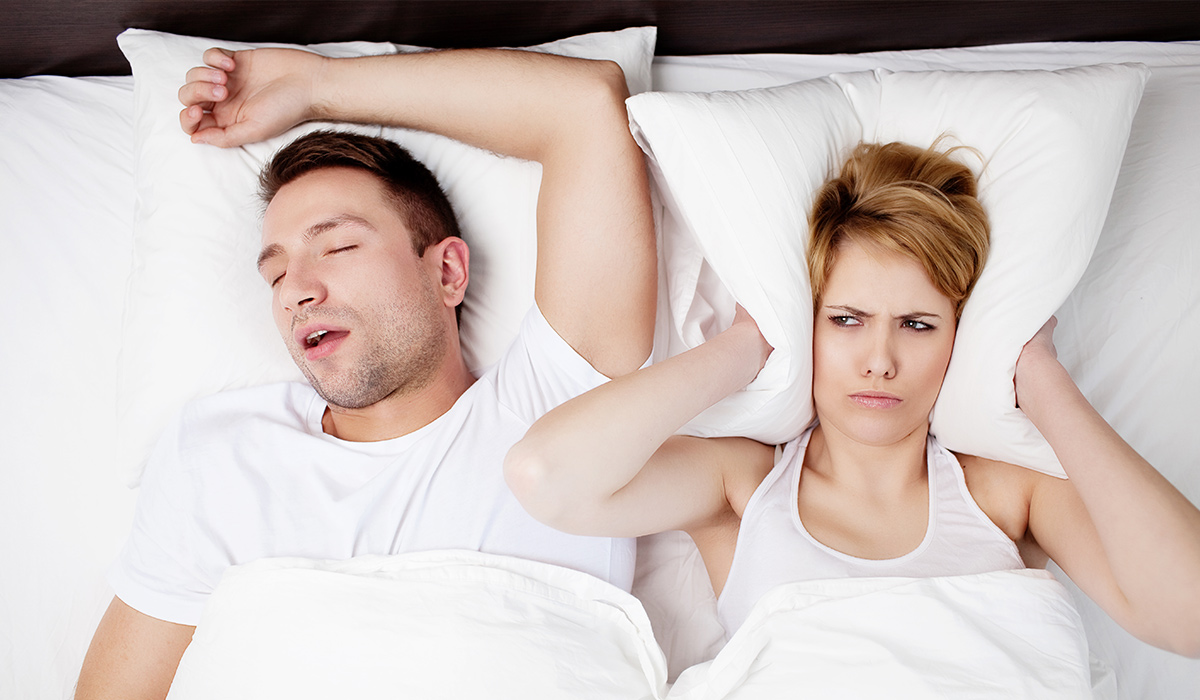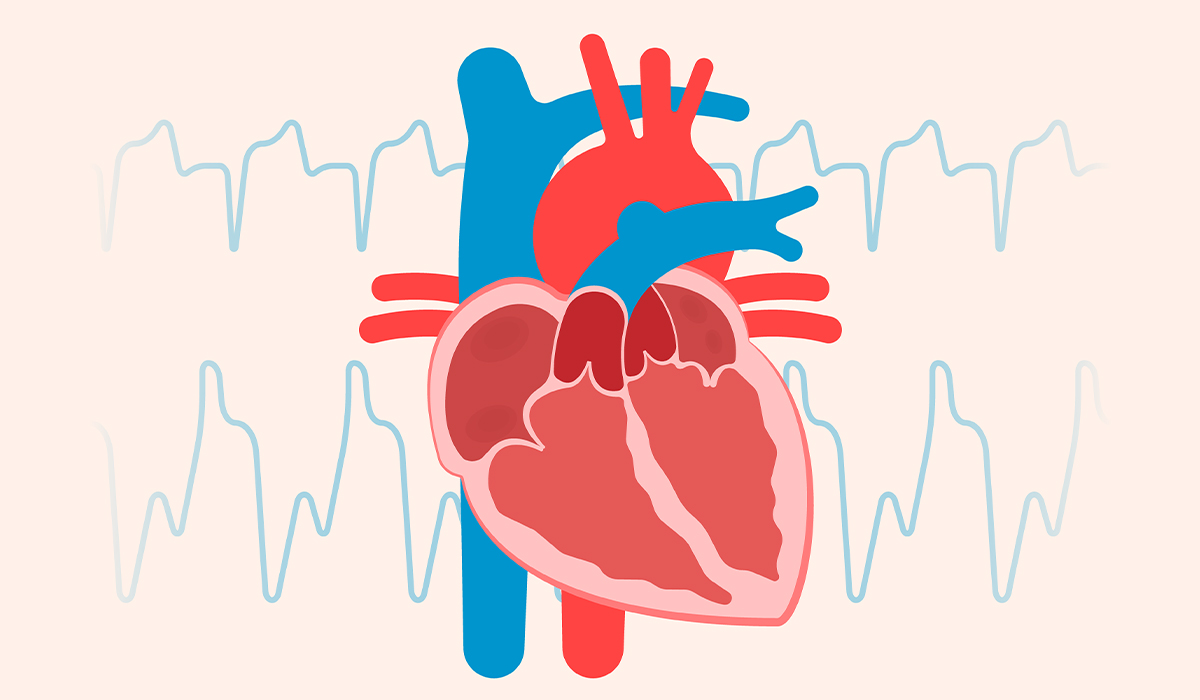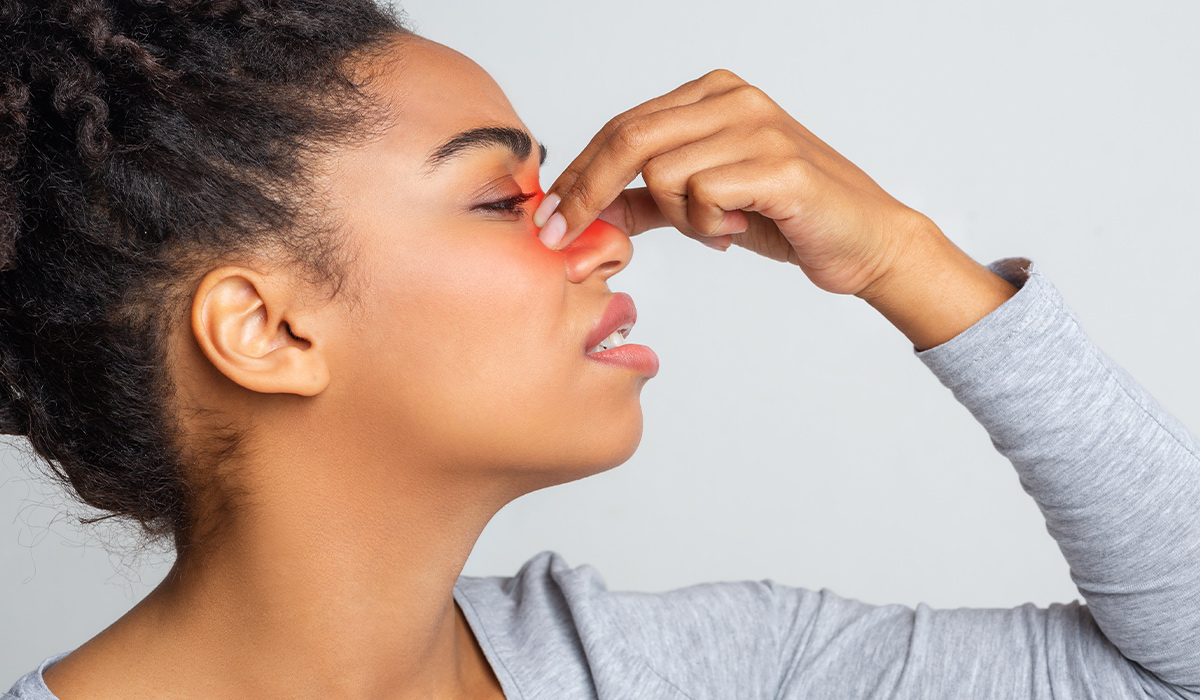Symptoms and Types
When discussing the symptoms of heat rash, you should immediately note the different types of irritation because each kind has its manifestation.
The simplest and safest form is crystalline heat rashes. It manifests itself in small (up to a millimeter) painless rashes – these are little bumps located next to each other and can connect. Such inflammations are on the neck, face, forehead, torso, and in places where the legs and arms bend. It often appears for a short time and disappears quickly with appropriate hygiene.
Another type of heat rash, such as rubra (inflammatory), is more dangerous. You can experience:
- More prominent blisters with red inflamed wreaths with turbid content
- Itching (can be severe and bother the patient, causing discomfort)
Usually, this variety of conditions is on the armpits, the abdomen, and the skin between the buttocks, as well as on the elbow folds and forearms. In obese individuals, it often occurs in the groin. Unlike the previously mentioned type, this one does not disappear independently and always demands targeted treatment.
Another type of heat rash in adults is apocrine heat rash. It is related to the work of special glands on the areola, in the anus, under the arms, and in women around the labia majora. A little rash and specific clusters around the glands appear in these places. These lesions often rupture directly under the skin and are associated with an infectious process. In this case, specialist help is also required.
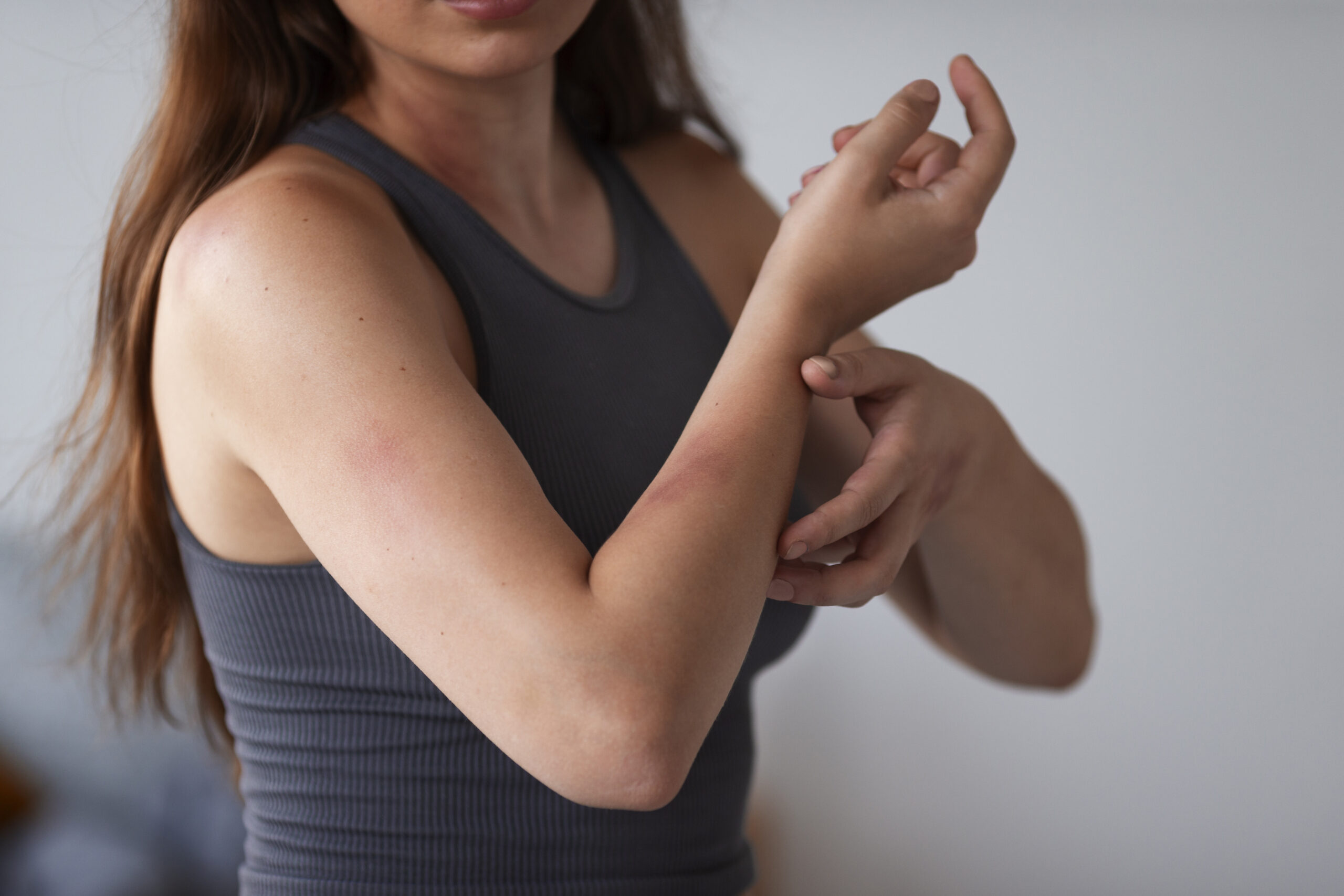
Causes
Basically, with heat rash, skin areas with insufficient ventilation are affected:
- Areas of natural body folds (axillary, groin, knee, and elbow folds)
- Around the mammary glands
- The area behind the ears
- The space between the thighs, if there are abrasions
- Area permanently under clothes (space under bra, swimming trunks, diapers), bandages
Contribute to the development of heat rash:
- Synthetic clothes
- Thick, non-breathable textiles
- Fever
- High temperatures combined with high humidity
- Skin damages
- Abrasions
- The usage of ointments, oils, and fatty cosmetic bases that clog pores
- Diabetes
- Metabolic conditions
- Excess weight
Causes of excessive sweating can include irregular functioning of the body’s endocrine system, impaired functioning of the heart, blood vessels, and kidneys, and nervous system disorders. Sometimes, more sweating (hyperhidrosis) is affected by a hereditary factor and place of residency. In hot-climate countries, acclimatization is always accompanied by increased sweating, and residents tend to sweat excessively.
Causes of heat rash in adults:
- Excessive sweating
- Serious metabolic disorders. Some conditions can impact its production because sweat is part of metabolic responses.
- Some endocrine pathologies – for example, diabetes, hyperthyroidism, hypothyroidism
- Some diseases of the nervous system
- Fever, high temperature for a long time. In this condition, sweat is always actively secreted, so a rash may appear on the skin.
- Obesity or being overweight. With extra weight, individuals sweat much more, leading to skin itching.
- Inactivity, constantly lying in the bed
- Heat rash-provoking factors
- A hot, dry climate with lots of sweat and high humidity with high temperatures
- An intense sport in which a person sweats a lot
- Work involving extreme physical movement or staying in hot rooms. For example, individuals sweat a lot if they work in manufacturers near hot ovens.
- Poorly fitting shoes. If it presses hard on the foot and does not supply enough air, a heat rash may occur on the skin of the legs.
- They were using improper cosmetics, e.g., very thick and nourishing ointments when the skin is hot. For example, this condition can occur on the face because a person applies a heavy foundation in the summer heat.
- Too systematic and prolonged sunbathing can harm the skin and make it more sensitive to all damaging factors.
How to Get Rid of Heat Rash?
Heat rash can appear at any time of the year, but it most often manifests itself during hot periods when we sweat a lot. It may also appear on holidays in warm countries. It is essential to get rid of prickly heat as soon as possible. You can treat a mild form in one to two weeks. In severe circumstances, the sweat glands become depleted over time, causing the skin to dry out. Accumulation of microorganisms and infection are possible. And fighting it is much more challenging – treatment can last for years. It is another justification why it is worth doing research without hesitation.
Treatment of Heat Rash in a Newborn
Babies often suffer from heat rash. In newborns, all body systems function differently than in adults. Children are just beginning to adapt to the external environment – this process involves some problems.
Often, parents want to protect their children from the cold by wrapping them up too much and overheating them. The baby gets hot, the thermoregulation system cannot cope with the load, and the baby develops a heat rash. The reason may also be a lack of air – for example, if the baby is constantly wrapped tightly, dressed in diapers, or too much cream. Most often, prickly heat in newborns occurs in the folds of the neck and legs, on the elbows, in the upper back and chest – in short, in places where natural ventilation is difficult.
When treating heat rash, you should give up the ointment and substitute it with powder, which will absorb extra moisture and permit the skin to breathe. You can add chamomile decoction to the bath water, which has a soothing impact on the skin and helps rebuild it. Some specialists recommend treating the skin with zinc oxide powder or salicylic zinc ointment. A doctor will prescribe this.
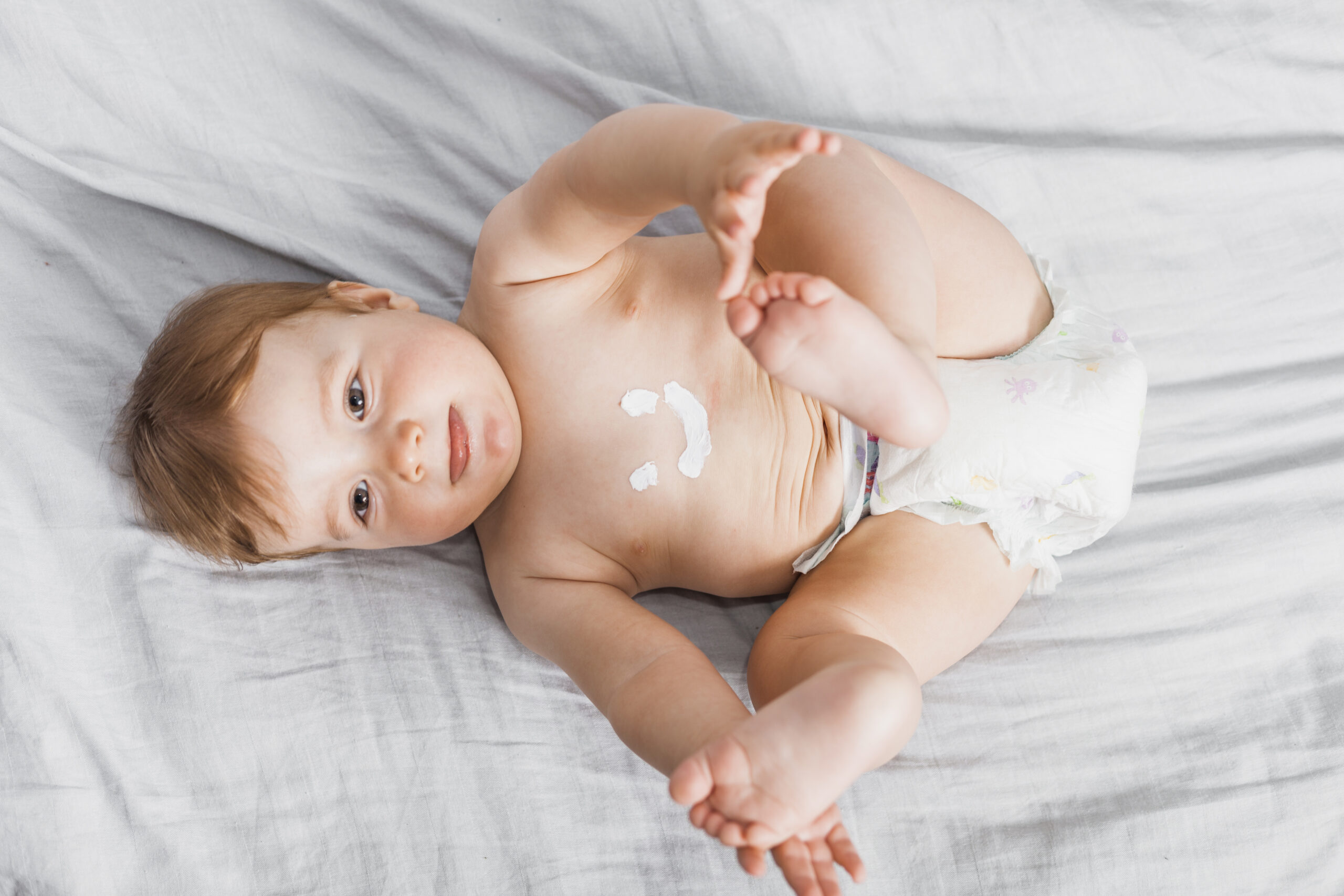
Treatment of Heat Rash in a Child
Children’s skin is much softer than that of adults, so it is more likely to become irritated.
First of all, do not buy your child clothes made of synthetic fabrics – they interfere with the normal ventilation of the skin and contribute to irritation, which leads to the development of heat rash in the child. Clothes made of natural materials such as cotton, linen, and wool are best: they absorb moisture well and allow air to pass through.
Watch the temperature in the kindergarten – it shouldn’t exceed +20C. Hygiene also plays an important role – you should bathe your child at least once a day and during hot days – twice in the morning and the evening.
Treatment of Heat Rash in Adults
Adults also often struggle with such inconveniences as heat rash. It is especially common in people suffering from chronic diseases of the cardiovascular, endocrine, or nervous systems. These disorders are often accompanied by sweating.
Treatment of heat rash begins with eliminating the factors that caused it. Of course, there’s nothing you can do about the heat, but if you’re someone who sweats a lot, you can still make your life easier. Choose loose, natural materials that don’t impede movement, and where necessary, use talcum powder in areas where clothing or underwear may rub against the skin. During hot days, you should not use cosmetics that clog pores or fatty creams. It’s better to stick to a water-based ointment. Wipe affected with the rash skin with an antiseptic. The doctor prescribes antihistamines to reduce itching and swelling.
Rash in a Child – What Can Heat Rash be Easily Confused with?
Facial heat rashes can be easily confused with baby acne. It is a disease whose symptoms include the formation of erythematous pimples, mainly on the face, especially the cheeks. Acne causes harmless to the child changes and usually disappears on its own within a few days. Unlike heat rash, baby acne occurs mainly on the cheeks.
In turn, in the buttocks area, folliculitis may occur, characterized by inflammation, i.e., redness and pus-filled pimples formation.
It also happens that heat rash is confused with symptoms of contact or food allergy, which can cause skin lesions throughout the body after skin contact with the allergen or after eating food containing ingredients to which the child is allergic. Allergic rash is characterized by itching and rapid opening of vesicles and papules. During it, the skin is often dry and rough. In children, it usually occurs on the abdomen and torso.
What more?
Cradle Cap
A harmless, temporary skin problem that affects infants is cradle cap or seborrheic eczema. It usually appears in the first weeks of a child’s life. It is caused by excessive accumulation of sebum, the production of which is closely related to hormonal balance. Its symptom is excessive peeling of the skin on the child’s head, even leading to the formation of scales. However, they do not cause itching or pose a health hazard.
Its treatment does not require medical consultation and is based mainly on softening and combing the scales from the scalp. You can use olive oil or special pharmacy preparations for cradle caps for care. Washing it with a special shampoo with emollients is a great way to care for your scalp.
Cradle cap is not dangerous, but remember it weakens the skin, possibly increasing the risk of superinfection. Do not scrape off the scales – you may damage the skin. If, despite the treatments, the skin condition does not improve after 10-12 days or the scales move to other parts of the body, it is worth consulting a doctor.
Baby Acne
Its name comes from the fact that it resembles pubertal acne. It most often appears on the child’s face. However, it can also affect other body parts, e.g., the back. It involves balancing the body’s hormonal balance – the hormones transferred from the mother disappear, and those produced by the child appear.
Baby acne does not require special care and usually disappears independently after a few weeks. If it persists longer, it is worth consulting a doctor, who may recommend antibiotic treatment. However, this condition usually requires classic care; it is better to avoid fatty olives because they clog pores. It is good to air the skin and not overheat the child. Squeezing pimples is prohibited. They do not pose any threat and should disappear on their own without a trace.
Milia
Milia often appears on the child’s forehead, nose, or chin. They probably occur due to clogged skin pores. These are little white or yellow lumps that appear under the skin. Do not pierce or otherwise attempt to remove these lesions. They should go away on their own after a few weeks. Regular, daily skin care is recommended – they do not require any extraordinary treatments.
A harmless, temporary skin problem that affects infants is cradle cap or seborrheic eczema. It usually appears in the first weeks of a child’s life.
Neonatal Erythema
Neonatal erythema usually appears a few days after birth and forms red spots with small pimples, often on the child’s face or body. It is a temporary change that usually goes away after a few days. It does not require special care, but bathing in liquid with an emollient can speed up treatment and soothe changes.
Take Care of Your Baby’s Skin and Prevent Heat Rash
For skin care choose cosmetics that are as fragrance-free as possible and intended only for babies. The composition of such preparations is usually matched to the skin type of a small child. Caring for delicate skin requires using cosmetics adapted to the child’s age. It is significant due to the immaturity and increased skin permeability in early childhood.
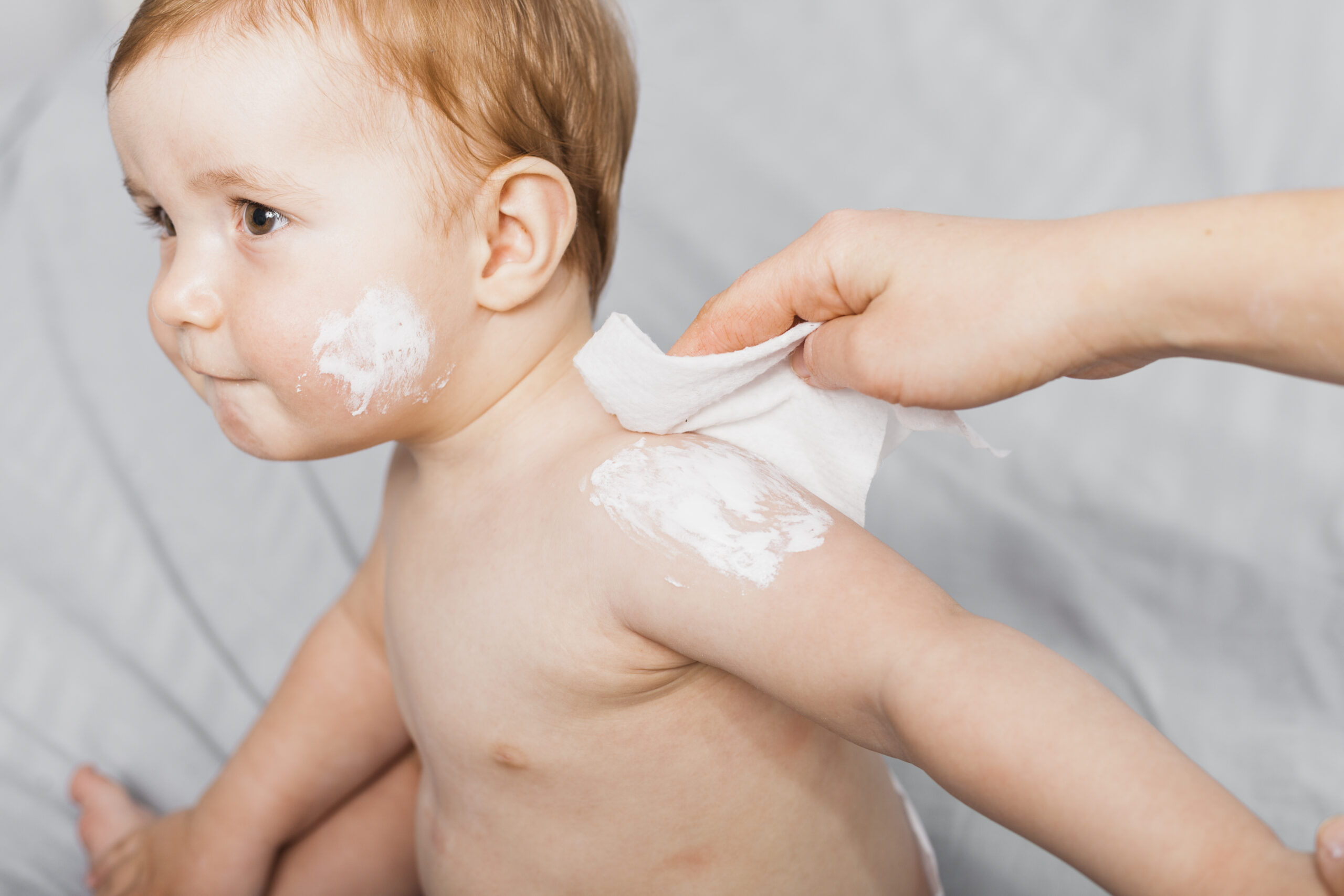
Additional cosmetics should be used when:
- The skin tends to dry out – after drying the child after bathing, cover the skin with a softening and moisturizing agent (olive, emulsion, cream, or moisturizing ointment); you can also add a special preparation to the bath, but remember that it makes the skin very slippery
- You go for a walk on a sunny day – on exposed skin (remember particularly about the face and ears), apply a sunscreen preparation (SPF): number 15-25 in the case of a dark complexion of a child, and number 50 or 50+ in the case of a fair complexion; However, in general, avoid exposing your baby’s skin to strong sunlight
- You go for a walk in winter – apply frost protection cream to your child’s exposed skin
- Children’s clothes should be washed with mild detergents and rinsed thoroughly after being cleaned
It is often enough to use commonly available, inexpensive cosmetics for babies or small children. A child’s delicate skin may react irritably to any preparation, regardless of its price. In such a situation, you must find the right cosmetic for your child by trial and error.
Helpful and safe preparations are also available in pharmacies – they are usually more expensive. Of course, there is no guarantee that they will not irritate your child’s skin.
To care for children diagnosed with atopic dermatitis, you should use only cosmetics intended for atopic skin, which are available in pharmacies and are usually slightly more expensive.
And once again – remember not to overheat the baby.
Sources
- Miliaria. NIH. https://www.ncbi.nlm.nih.gov/books/NBK537176/.
- Apocrine Miliaria. NIH. https://www.ncbi.nlm.nih.gov/books/NBK545207/.
- Heat Illness. NIH. https://www.ncbi.nlm.nih.gov/books/NBK553117/.
- Newborn skin: Part I. Common rashes. NIH. https://pubmed.ncbi.nlm.nih.gov/18236822/.
- Congenital miliaria crystallina – A diagnostic dilemma. NIH. https://www.ncbi.nlm.nih.gov/pmc/articles/PMC3862747/.
- Cradle Cap. NIH. https://www.ncbi.nlm.nih.gov/books/NBK531463/.
- Infantile Acne. NIH. https://www.ncbi.nlm.nih.gov/books/NBK541124/.
- Milia. NIH. https://www.ncbi.nlm.nih.gov/books/NBK560481/.
- Erythema Toxicum. NIH. https://www.ncbi.nlm.nih.gov/books/NBK470222/.
- Skin care for your baby. NIH. https://www.ncbi.nlm.nih.gov/pmc/articles/PMC2528704/.
